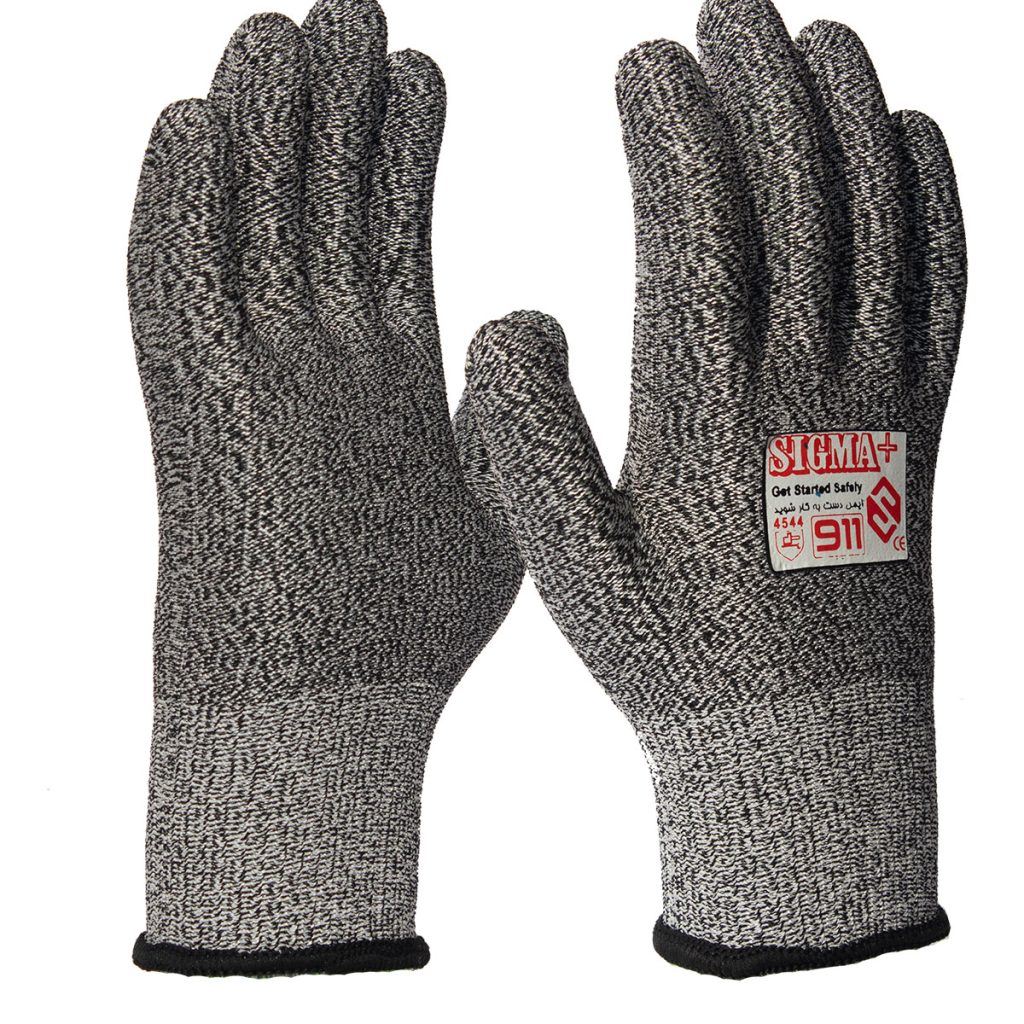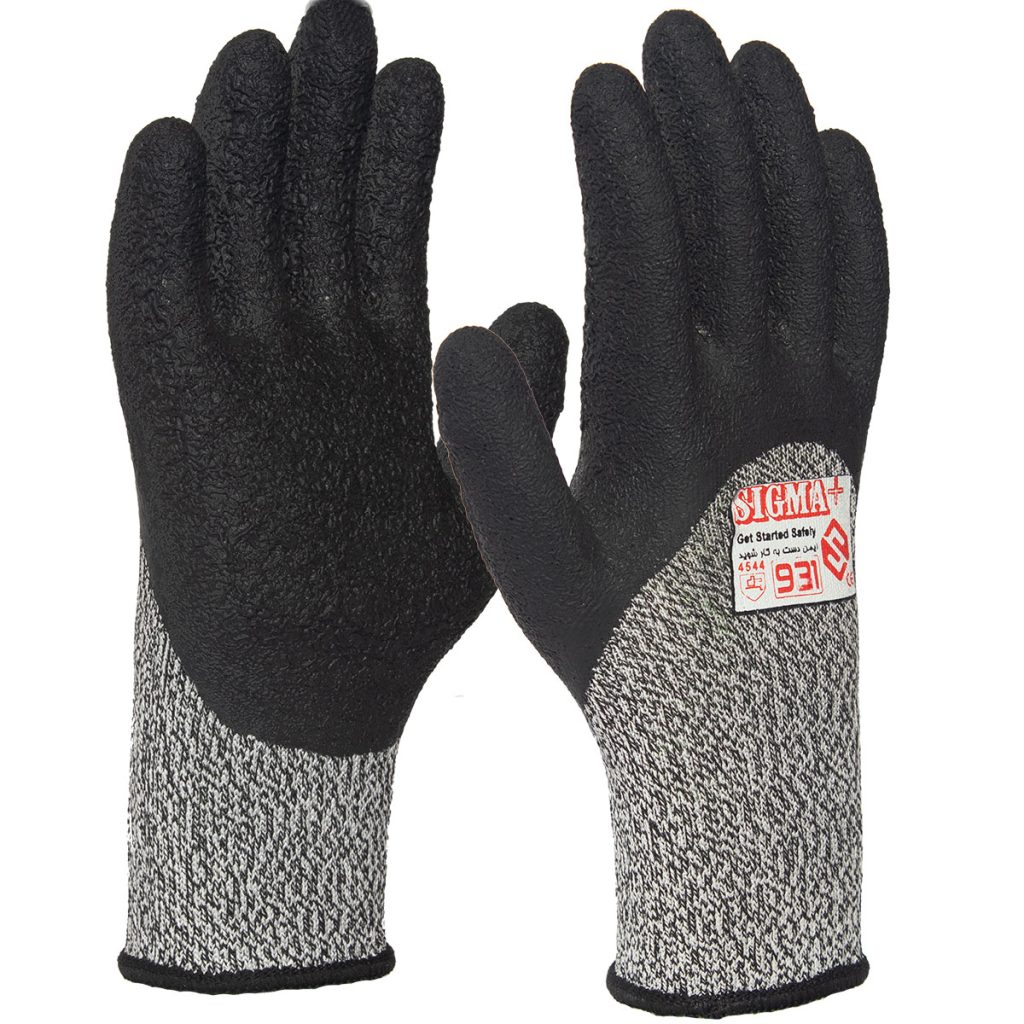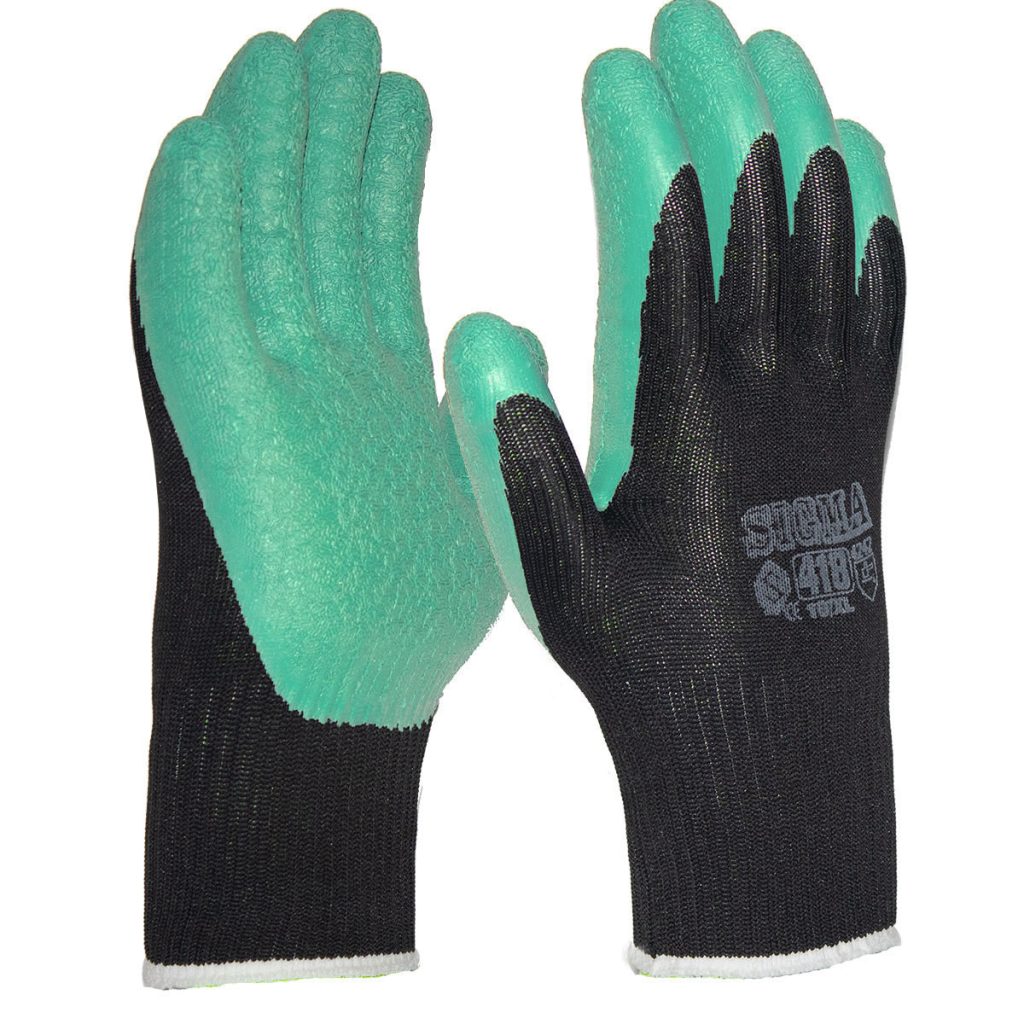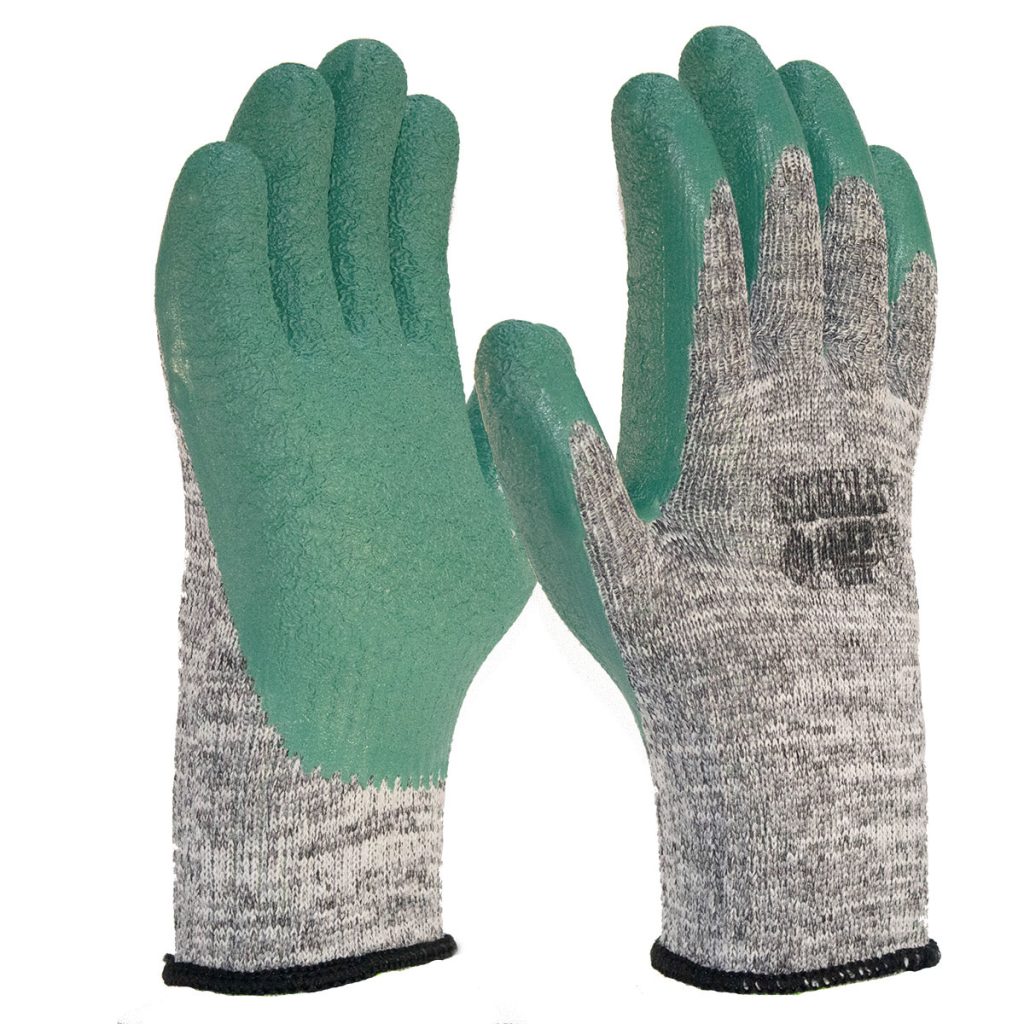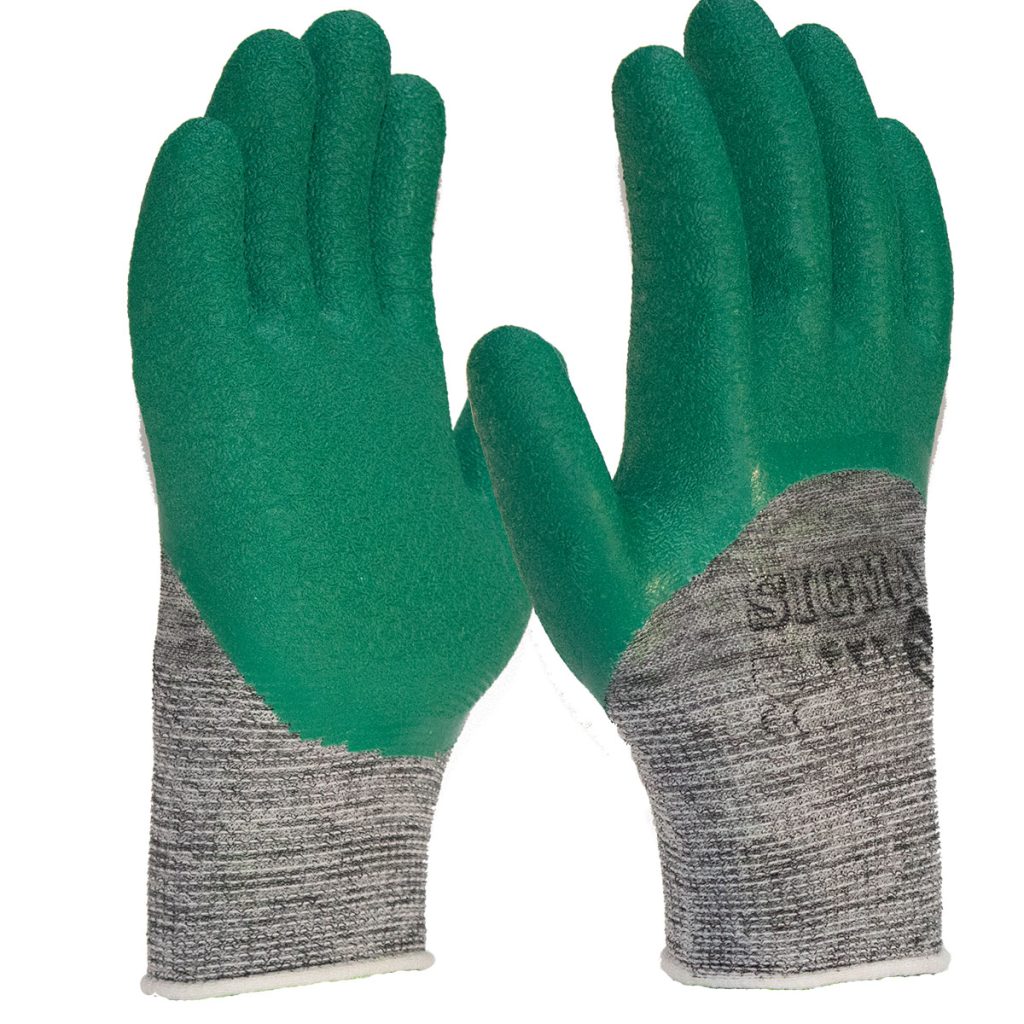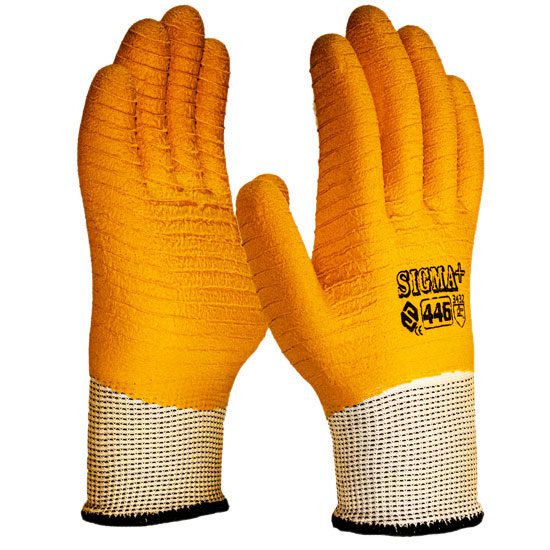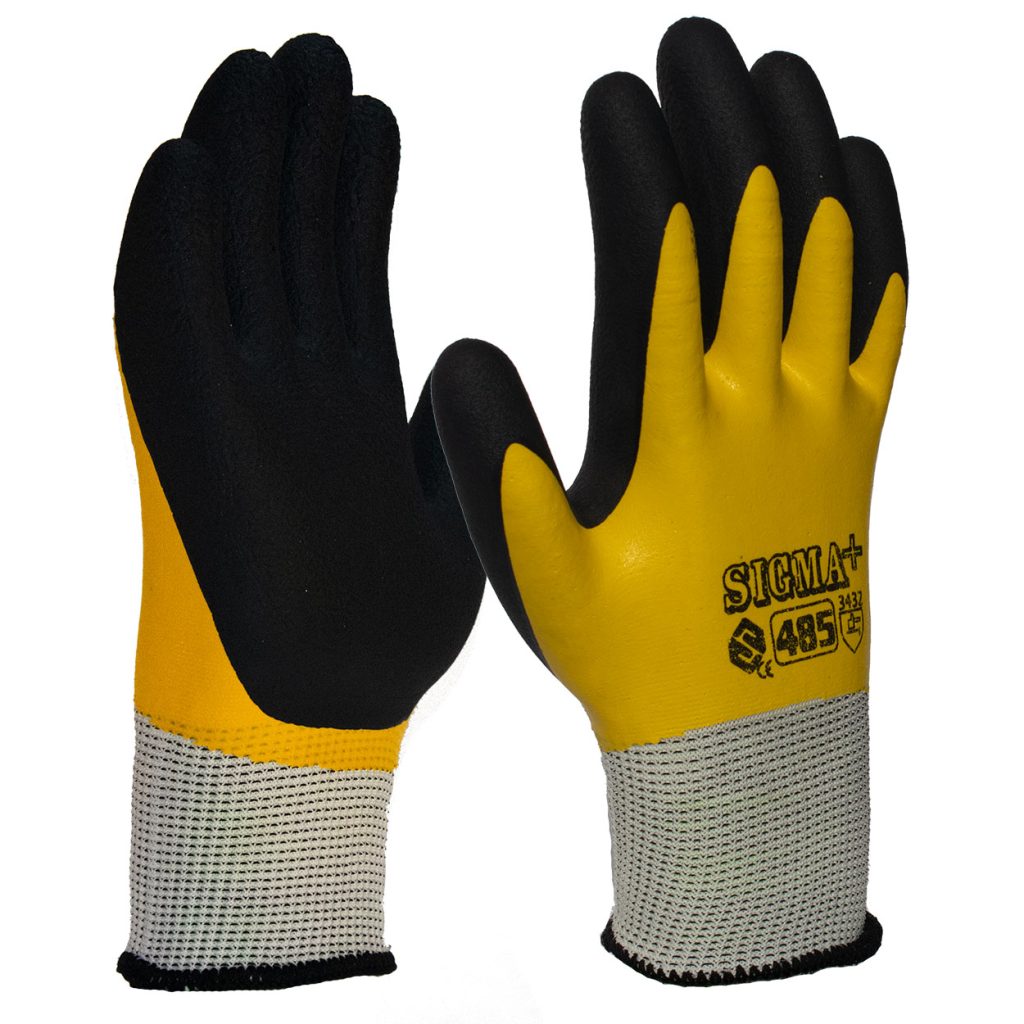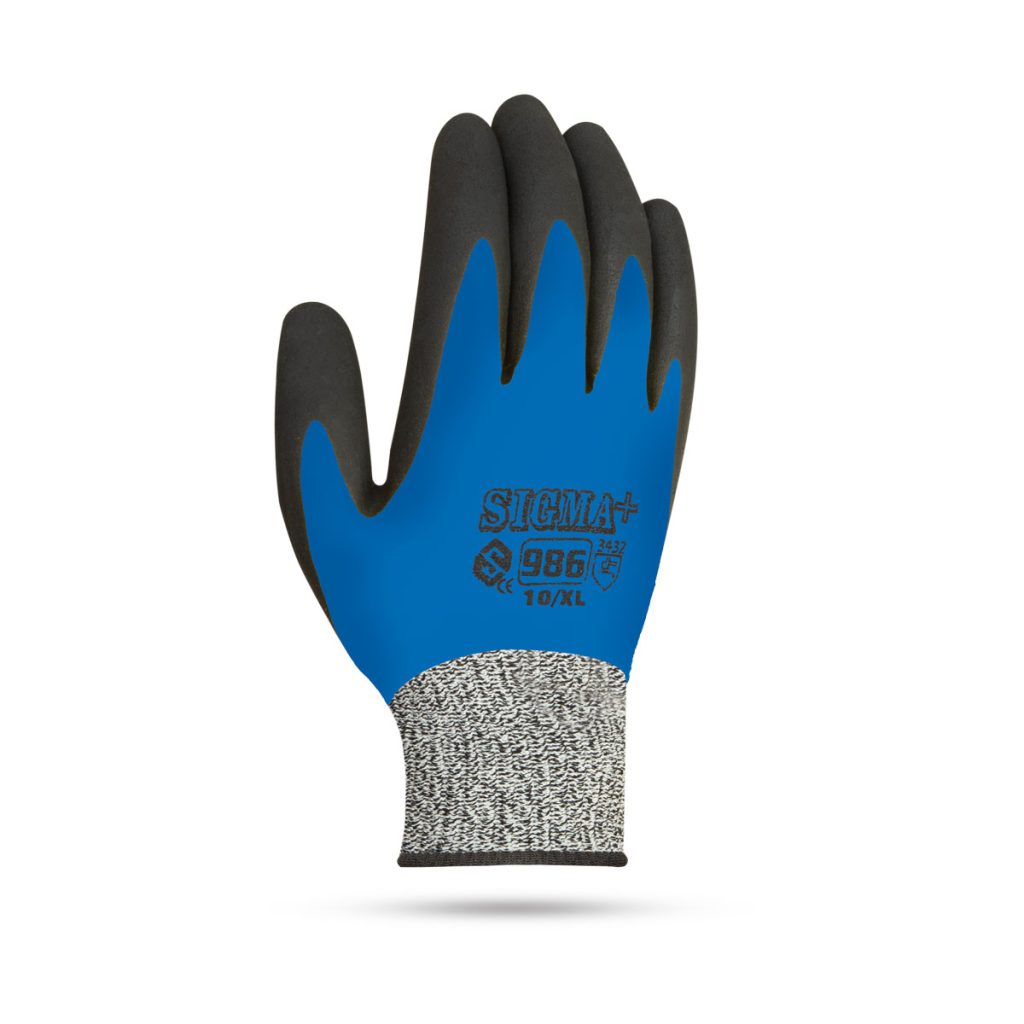Cut resistant workgloves
CUT RESISTANT WORK GLOVES

Cut resistant coated gloves are a type of personal protective equipment (PPE) designed to protect the wearer from cuts and lacerations. These gloves are made with materials that have high cut resistance, such as Kevlar, HPPE, or other high-strength fibers.
The gloves are then coated with a layer of material that provides additional protection and grip. Common coatings include polyurethane (PU), nitrile, or latex. The coating also helps to improve the gloves’ durability and resistance to wear and tear.
Cut resistant coated gloves are commonly used in many different industries, including manufacturing, construction, automotive, and food processing. They are especially useful for workers who handle sharp objects or tools, such as knives, blades, or glass.
It is important to note that while cut resistant coated gloves can provide a high level of protection, they are not completely cut-proof. Workers should always follow proper safety procedures and use caution when handling sharp objects.
Materials Used
As I mentioned earlier, cut resistant coated gloves are made with materials that have high cut resistance. These materials include Kevlar, HPPE, Spectra, and other high-strength fibers. Kevlar and HPPE are the most commonly used materials in cut-resistant gloves due to their high strength-to-weight ratio, resistance to abrasion, and cut resistance. The gloves are then coated with a layer of material that provides additional protection and grip.
Coating Types Of Workgloves
The coating used on cut-resistant gloves can vary depending on the application and the level of protection required. Some common coating types include:
Latex
Latex gloves offer increased elasticity/flexibility in extreme temperatures (0° F/ -18° C to 300° F/ 149° C) and are cut, abrasion, and tear-resistant. They are well suited for jobs in both wet and dry environments. These gloves are often thought of as “rubber gloves” due to their resistance to water and alcohol.
Latex gloves are popular in construction, glass manufacturing, warehousing, and general materials handling. They should not be used around hydrocarbon, organic solvents, flames, or by people with a latex allergy.
Nitrile
Nitrile gloves are a great latex alternative that absorbs oil and has an outstanding grip. Nitrile micro-foam gloves are three times more puncture resistant than rubber, though not as durable. They are also breathable and water repellant.
Sandy nitrile gloves have a strong grip in wet, dry, and oily conditions. Oil will not penetrate the glove as with micro-foam. However, sandy nitrile gloves are not as breathable due to their manufacturing process.
Both types of nitrile gloves are good to use in oily areas, construction, sanitation, glass/sheet metal handling, agriculture, and automotive/aircraft maintenance. They should not be used around adhesives.
NBR’s stability at high temperatures from -40 to 108 °C )-40 to 226 °F( makes it an ideal material for aeronautical applications Its resilience makes NBR a useful material for disposable lab, cleaning, and examination gloves. Nitrile rubber is more resistant than natural rubber to oils and acids, and has superior strength, but has inferior flexibility and Tensile strength . Nitrile gloves are more puncture resistant than natural rubber gloves.
PVC
PVC coated gloves are a type of work gloves that are coated with a layer of polyvinyl chloride (PVC) on the palm and/or fingertips. The PVC coating provides additional grip, protection and durability to the gloves, making them suitable for a wide range of applications such as construction, handling of chemicals, oil and gas, automotive, and agriculture industries.
PVC coated gloves are available in different styles and designs, including fully coated, palm coated, and fingertip coated. Fully coated gloves provide the most protection, while palm and fingertip coated gloves offer more dexterity and flexibility.
The PVC coating on these gloves can also provide some resistance to abrasions, cuts, and punctures. However, it is important to note that these gloves are not necessarily cut-proof or puncture-proof, and the level of protection will depend on the thickness of the PVC coating.
Overall, PVC coated gloves are a popular choice for workers in a variety of industries who need a combination of protection, grip and flexibility.
Polyurethane
Polyurethane gloves are the value work glove. They have low particulate shed and offer good touch sensitivity, breathability, and dexterity. These gloves grip well without being sticky and have good tensile strength and abrasion resistance.
They are popular for jobs that require small parts handling, such as electronics, aeronautics, glass/sheet metal handling, or in clean rooms. Polyurethane gloves are not recommended for use above 175° F (79° C).
Applications Of Cut Resistant Workgloves
Cut resistant coated gloves are used in a wide range of industries and applications, including:
- Manufacturing – Cut resistant gloves are commonly used in manufacturing facilities, where workers handle sharp tools and machinery.
- Construction – Cut resistant gloves are used by workers in the construction industry who handle sharp objects, such as nails and saws.
- Automotive – Cut resistant gloves are used by workers in the automotive industry who handle sharp tools and machinery.
- Food processing – Cut resistant gloves are used in the food processing industry to protect workers from cuts and lacerations while handling knives and other sharp tools.
- Medical – Cut resistant gloves are used by healthcare workers who handle sharp objects, such as needles and scalpels.
- Agriculture – Cut resistant gloves are used in agriculture to protect workers from cuts and lacerations while handling sharp tools and machinery.
It is important to note that cut resistant coated gloves are not completely cut-proof and should not be relied upon as the sole means of protection. Workers should always follow proper safety procedures and use caution when handling sharp objects.
High-quality Cut-resistant Coated Gloves’ Features:
1. Cut-resistant material: High-quality cut-resistant gloves are typically made with materials such as Kevlar, Dyneema, or other high-performance fibers that provide excellent cut resistance. These materials are often incorporated into the glove’s construction or added as a liner to provide an extra layer of protection.
2. Coating material: The coating material used on cut-resistant gloves can also play a role in their durability and performance. Coatings such as nitrile, polyurethane, or PVC can provide good grip and protection against abrasion and puncture, while also allowing for good dexterity and flexibility.
3. Cut level: Cut-resistant gloves are rated based on their level of cut resistance, with higher levels indicating greater protection against cuts. High-quality cut-resistant gloves are typically rated at level 3 or higher, providing excellent protection against sharp objects.
4. Comfort: Cut-resistant gloves should be comfortable to wear for extended periods of time. They should fit well without being too tight or too loose, and should not cause any irritation or discomfort to the skin. Some high-quality cut-resistant gloves may also include additional features such as padded palms or breathable materials to enhance comfort.
5. Grip: Cut-resistant gloves should provide a good grip, especially when handling sharp or slippery objects. The coating on the gloves should be durable and not wear down quickly, allowing for long-term use.
6. Durability: High-quality cut-resistant gloves should be designed to withstand frequent use and exposure to sharp objects. They should be resistant to tearing and abrasion, and should maintain their cut-resistant properties over time.
Overall, high-quality cut-resistant coated gloves should provide excellent protection against cuts, while also being comfortable and durable enough for extended use. When choosing cut-resistant gloves, it’s important to select gloves that are appropriate for the level of protection required for the task at hand.
How To Extend The Life Of Cut Resistant Coated Gloves?
To extend the life of cut-resistant coated gloves, you can follow these tips:
1. Proper use: Cut-resistant gloves are designed to provide protection against sharp objects, but they may not be suitable for all types of cutting tasks. It’s important to use the appropriate level of cut-resistant gloves for the task at hand and avoid using them for tasks that they are not designed for.
2. Proper storage: Cut-resistant gloves should be stored in a cool, dry place to help prevent damage from moisture or heat. They should be kept away from direct sunlight, chemicals, and sharp objects that could damage the fibers.
3. Proper cleaning: Cut-resistant gloves should be cleaned regularly to help maintain their performance and extend their life. They should be washed in cold water and mild detergent, then air-dried. Avoid using bleach or fabric softeners, as these can damage the fibers and reduce their cut-resistant properties.
4. Proper fitting: Cut-resistant gloves should fit properly to provide maximum protection and comfort. Gloves that are too loose or too tight can reduce their effectiveness and cause discomfort or irritation to the skin. Make sure to choose gloves that fit well and provide proper coverage.
5. Proper maintenance: Cut-resistant gloves should be inspected regularly for signs of wear or damage. Gloves that are damaged or worn out should be replaced immediately to ensure continued protection. Additionally, gloves that are used frequently or exposed to harsh conditions may need to be replaced more often to maintain their performance.
By following these tips, you can help extend the life of your cut-resistant coated gloves and ensure that they provide the maximum level of protection for your hands.

